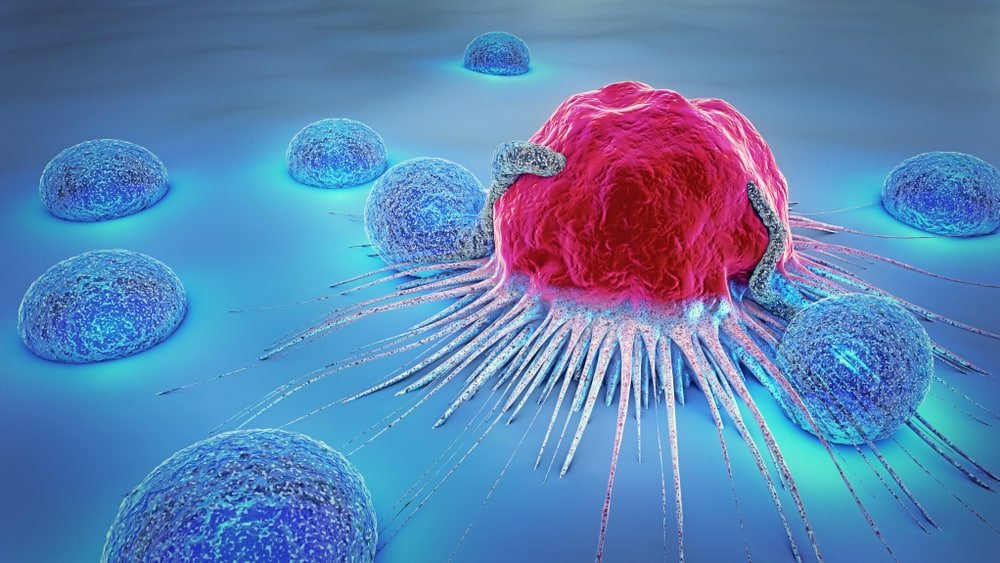Another important difference between benign and malignant tumors is that while benign tumors can easily be removed, malignant tumors are more resistant to treatment. This means that while doctors can perform surgery to remove malignant tumors, there is still the possibility of the tumor coming back if there are no follow up treatments.
Malignant tumors are significantly more dangerous when compared to benign tumors, and it is important to seek treatment as early as possible, before the tumor can spread throughout the body.
What Causes Tumors to Develop?
Another key difference between benign and malignant tumors is how they develop in the body.
For the most part, the cause of benign tumors are usually unknown. Some cells in the body just start reproducing abnormally, which causes a benign tumor to develop.
Malignant tumors on the other hand, can be caused by a number of things, such as the following:
- Carcinogens, or chemicals that cause cancer
- Chronic infection or inflammation
- Certain diseases
- Viruses, bacterial infection, or parasites
- Poor lifestyle choices
- Genetics, which means the risk of developing cancer can be passed on from parent to child
It is also possible for malignant tumors to simply develop in the body, without any identifiable cause.
What Are the Common Symptoms of Benign and Malignant Tumors?











